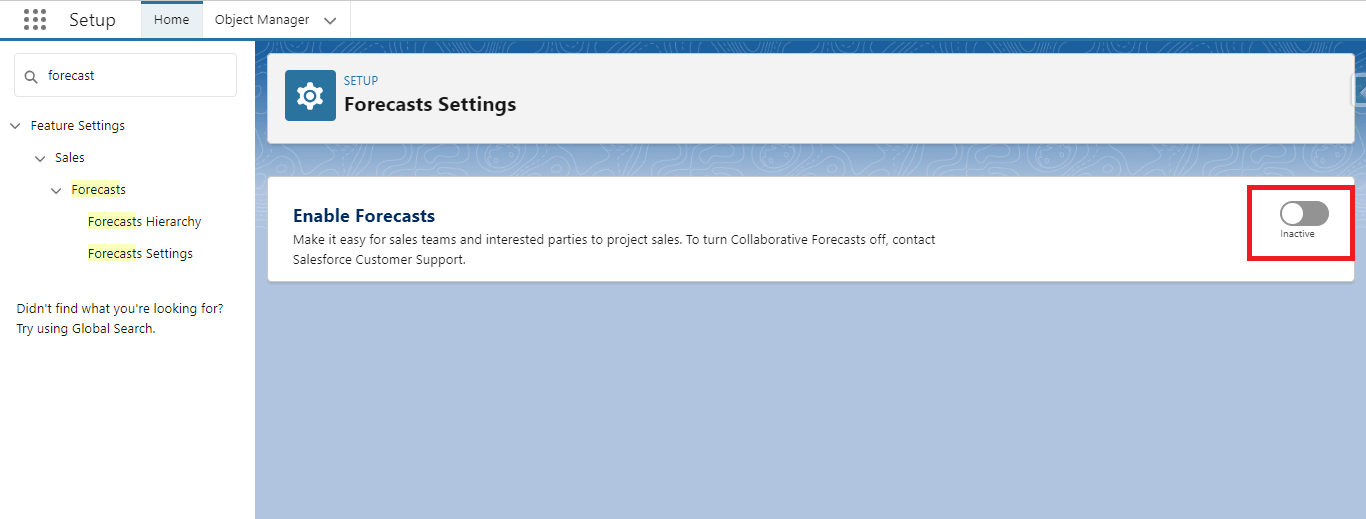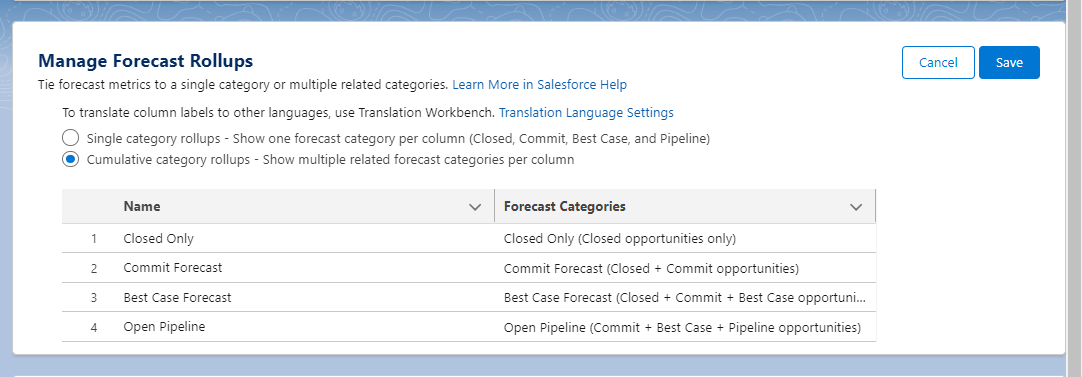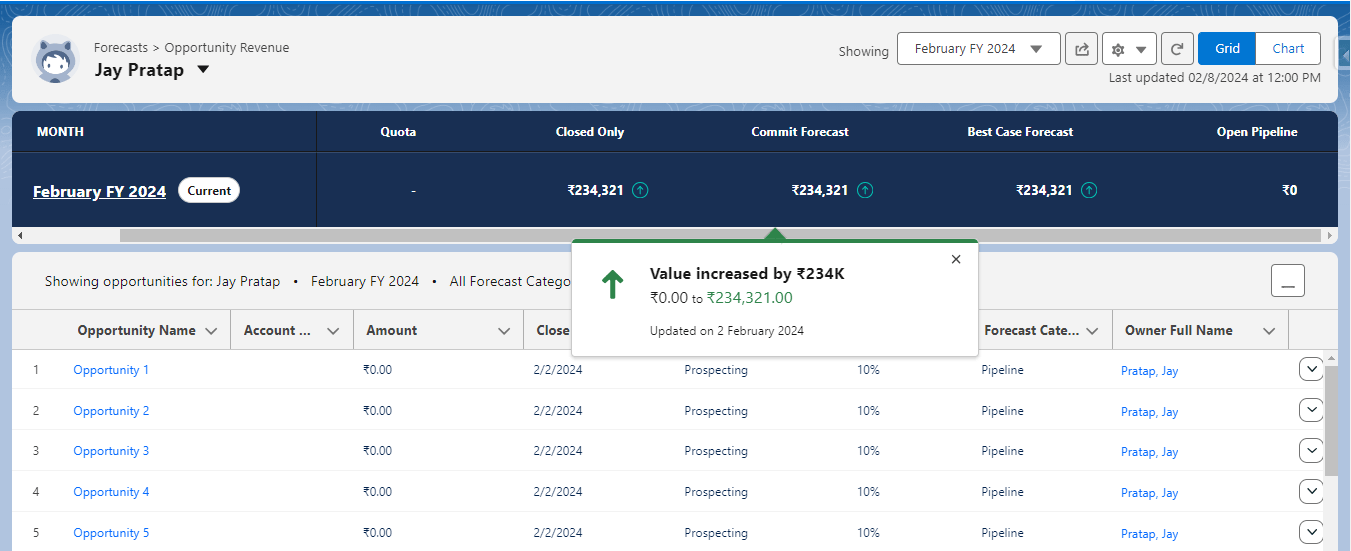Salesforce provides the ability to anticipate future sales resembles possessing a crystal ball for your company’s prosperity. Sales forecasting transcends mere guesswork; it embodies a savvy approach that enables businesses to strategize, make informed decisions, and outmaneuver competitors. In this guide, we’ll demystify sales forecasting in straightforward language and offer actionable insights to ensure accuracy and effectiveness.
Understanding Sales Forecasting:
Sales forecasting is the art and science of predicting future sales based on historical data, market trends, and predictive analytics. It empowers businesses to anticipate market fluctuations, allocate resources efficiently, and make informed decisions that drive sustainable growth. Much like a seasoned navigator, sales forecasting enables organizations to chart a course toward their revenue goals with confidence and precision.
Why You Should Implement Sales Forecasting for Your Business?
Implementing sales forecasting for your business is more than just a strategic choice—it’s a crucial step towards sustainable growth and success. By leveraging sales forecasting techniques, you gain valuable insights into future trends, customer behavior, and market dynamics. This enables you to make informed decisions regarding inventory management, resource allocation, and strategic planning. Moreover, sales forecasting empowers you to identify potential opportunities and challenges ahead of time, allowing you to proactively address them and stay ahead of the competition. In essence, integrating sales forecasting into your business operations equips you with the foresight and agility needed to navigate today’s dynamic business landscape with confidence.
The Core Components of Effective Sales Forecasting:
- Data Analysis and Historical Trends: Delve into historical sales data to uncover patterns, identify seasonality, and discern factors influencing sales fluctuations. Understanding past performance provides a solid foundation for predicting future trends.
- Market Research and External Factors: Stay attuned to market dynamics, economic indicators, and emerging trends within your industry. Incorporating external factors enriches the forecasting process, offering a holistic view of market conditions and potential opportunities.
- Collaborative Input and Team Alignment: Foster collaboration among sales teams, marketing professionals, and key stakeholders to gather diverse perspectives and validate assumptions. Alignment ensures that forecasts align with organizational objectives and reflect collective insights.
- Utilization of Technology and Predictive Analytics: Leverage advanced analytics tools and predictive modeling techniques to enhance forecasting accuracy. By harnessing the power of technology, businesses can identify predictive indicators, anticipate market shifts, and make data-driven decisions with confidence.
Assign Allow Forecasting Permission to Forecast Users
Granting individual users permission allows for precise control over access. For instance, while a sales manager may have forecasting ability, it might not be extended to an Accounts Payable clerk with the same profile.
- Navigate to Setup, enter Users in the Quick Find box, and select Users.
- Click Edit for each user needing access.
- Under General Information, select Allow Forecasting.
- Save changes.
Enabled users appear in the forecast hierarchy for further adjustment.
Note: Users need the View Roles and Role Hierarchy permission for Lightning Experience access, which is default for all forecast users. This permission is available for Standard user types and standard and custom profiles. Certain user permissions, like View Setup and Configuration, automatically enable View Roles and Role Hierarchy.
Steps to Create Sales Forecast:
1. Access Salesforce Setup and Enable Forecasting:
- Log in and access Setup.
- Enable forecasting for your organization.

2. Configure Forecast Settings:
- Customize forecast period, hierarchy, and type to match your organization’s structure.

3. Define Forecast Categories:
Establish categories such as best case, commit, pipeline, and closed to classify opportunities.

4. Monitor, Analyze, and Adjust:
- Add a Forecast Tab.
- Regularly monitor forecast data and reports.
- Analyze trends and solicit feedback to refine forecasting methodologies.

Sales forecasting is more than just a tool—it is a strategic imperative for businesses seeking to navigate the complexities of today’s marketplace. By embracing data-driven insights, leveraging technology, and fostering collaboration across teams, organizations can unlock new opportunities, mitigate risks, and chart a course toward sustainable growth.
Much like Pipeline Inspector illuminates the path for sales teams, sales forecasting empowers businesses to navigate the ever-changing landscape of sales with confidence and clarity. By harnessing its power effectively, organizations can unlock new opportunities, optimize resource allocation, and drive greater success in achieving their revenue objectives.
Leave A Comment